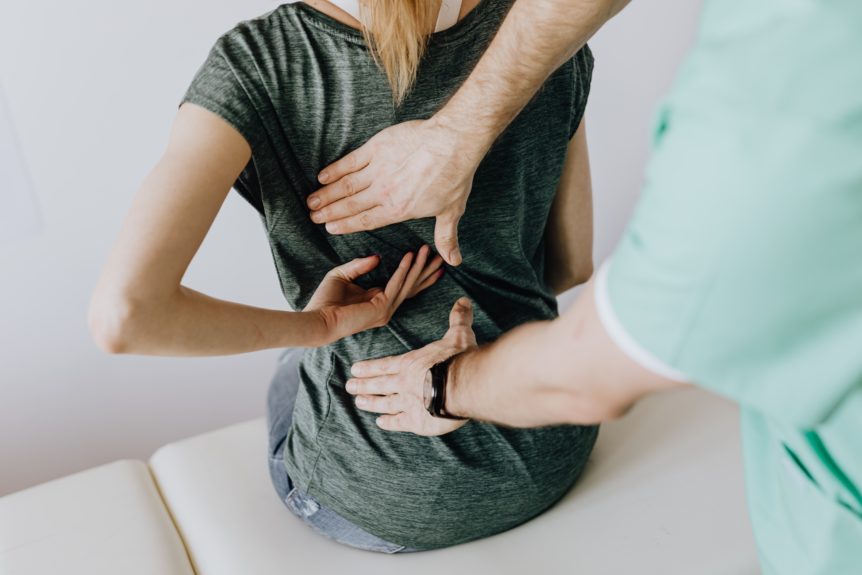Journal of Science and Medicine in Sport 25 (2022) 557–563
Abstract
Objectives: Low back pain is highly prevalent in rowing and can be associated with significant disability and pre- mature retirement. A previous qualitative study in rowers revealed a culture of concealment of pain and injury due to fear of judgement by coaches or teammates. The aim of this study was to explore rowers’ perspectives in relation to diagnosis, contributory factors, and management of low back pain.
Design: Qualitative secondary analysis.
Methods: We conducted a secondary analysis of interview data previously collected from 25 rowers (12 in Australia and 13 in Ireland). A reflexive thematic analysis approach was used.
Results: We identified three themes: 1) Rowers attribute low back pain to structural/physical factors. Most rowers referred to structural pathologies or physical impairments when asked about their diagnosis. Some participants were reassured if imaging results helped to explain their pain, but others were frustrated if findings on imaging did not correlate with their symptoms. 2) Rowing is viewed as a risky sport for low back pain. Risk factors proposed by the rowers were primarily physical and included ergometer training, individual technique, and repetitive loading. 3) Rowers focus on physical strategies for the management and prevention of low back pain. In particular, rowers considered stretching and core-strengthening exercise to be important components of treatment.
Conclusions: Rowers’ understanding of low back pain was predominantly biomedical and focused on physical impairments. Further education of rowers, coaches and healthcare professionals in relation to the contribution of psychosocial factors may be helpful for rowers experiencing low back pain.

